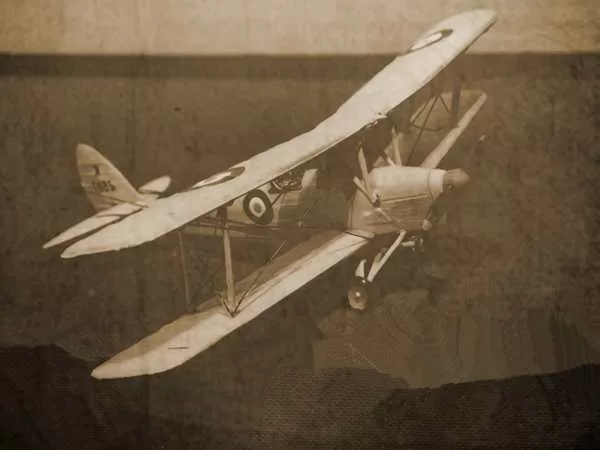Imagine soaring above the world’s highest peak, witnessing the breathtaking majesty of Mount Everest. In 1933, this dream became a reality for the Houston Mount Everest Flying Expedition. But this isn’t just a story of triumph. It’s a tale intertwined with espionage, a determined but poorly prepared pilot, and a mountain that continues to hold its secrets.
Conquering Everest (From the Sky):
On April 3rd, 1933, two Westland aircraft, the PV-3 and the Wallace (PV-6), completed the first successful flight over Mount Everest. Piloted by Lord Clydesdale, Col. Stewart Blacker, David McIntyre, and Sidney Bonnett, the expedition aimed to photographically survey the mountain – a crucial step in understanding this formidable peak.
From Everest to the Olympics (and Beyond):
Lord Clydesdale’s story takes an unexpected turn in 1936. He attends the Berlin Olympics, inspecting the German Luftwaffe at the invitation of Hermann Göring. While this might seem like an innocent visit for a famous pilot, some suspect it involved a touch of espionage for the British government.
A Cryptic Encounter: Hitler’s Deputy and a Duke:
Fast forward to 1941. Rudolf Hess, Hitler’s deputy, parachutes into Scotland. During his imprisonment, he requests a meeting with Lord Hamilton (Clydesdale’s inherited title). Did they meet at the Olympics? Was Hess attempting a clandestine peace deal with the British? The answers remain shrouded in mystery.
Enter the Gypsy Moth: A Recipe for Disaster
Inspired by the Everest expedition, Maurice Wilson, a man dubbed the “Mad Yorkshireman,” embarked on a daring but doomed adventure. In 1934, he took a De Havilland Gypsy Moth, christened “Ever Wrest,” on a reckless journey from England to India. His plan? To crash the plane high on Mount Everest and then climb the rest of the way to the summit.
Flying Blind: A Man Ill-Equipped for the Challenge
Wilson’s lack of preparation was staggering. He barely scraped by his pilot’s license test and had no mountaineering experience. Despite an Air Ministry ban on his flight, he defied orders and ended up impounded in India. Undeterred, he walked 300 miles to Everest, a testament to his stubbornness but not his sense.
A Foiled Dream and a Tragic End
Disguised as Buddhist monks, Wilson and his Sherpa guides entered Nepal. However, bad weather, injuries, and Sherpa pleas to turn back all conspired against him. His final diary entry reads simply, “Off again, glorious day.” A poignant note before vanishing into the unforgiving mountain embrace. In 1935, the Shipton expedition discovered Wilson’s body below the North Col, lost to exhaustion or starvation.
A Mountain of Myths and Mysteries
Mount Everest, majestic and awe-inspiring, continues to draw adventurers and capture imaginations. The tales of the Houston expedition and Maurice Wilson’s tragic attempt highlight both the bravery and recklessness of those who dare to challenge this colossal peak. As for its pronunciation, Sir George Everest himself favored “Eve-rest,” a detail lost to history. Today, most know it by its more familiar, sonorous name, “Everest.”

